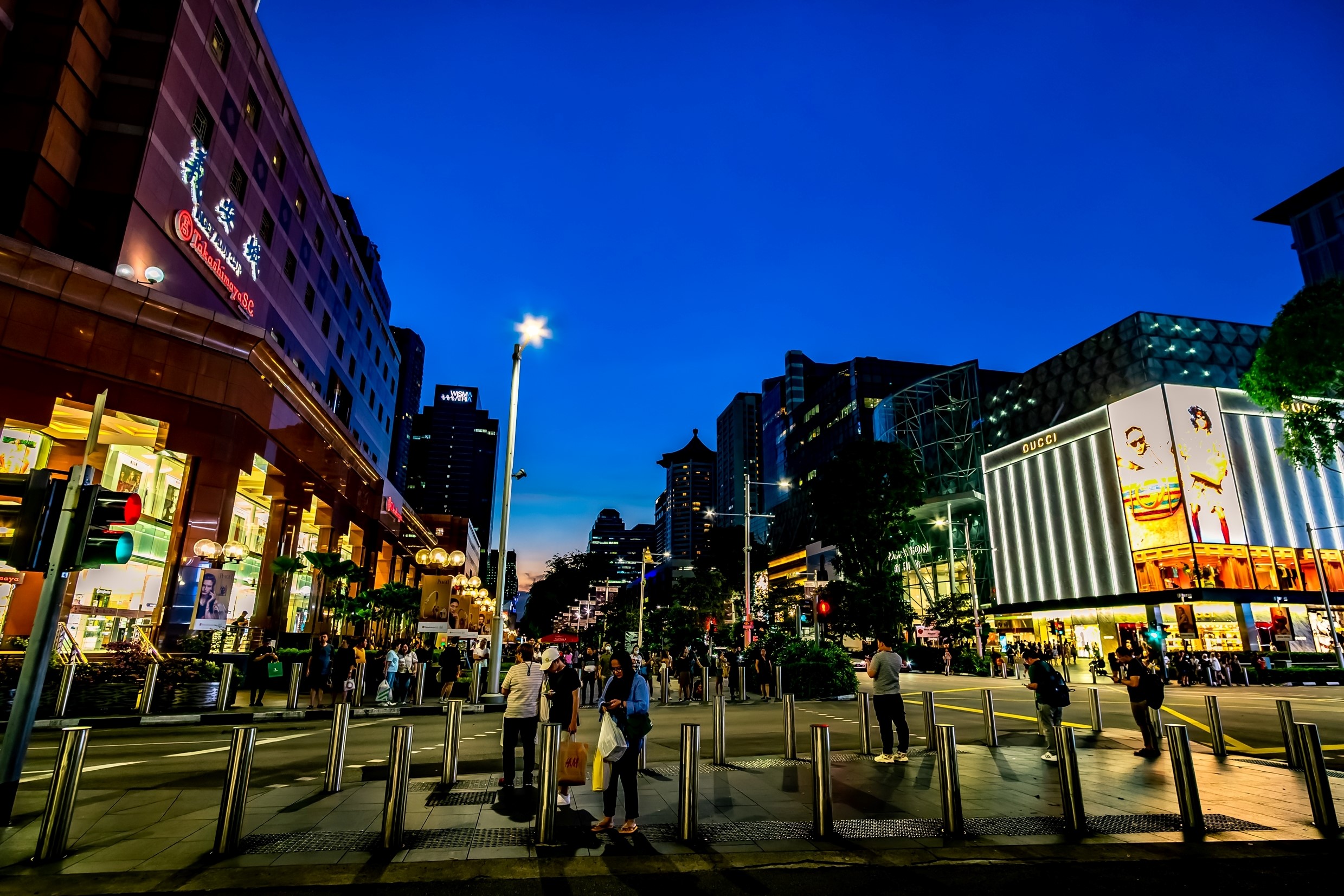
Navigating the new normal in Singapore retail
Explore how Singapore's F&B sector boosts retail growth. Learn about innovative strategies for landlords and tenants to thrive amidst recovering rents and market competition.
The food and beverage sector has been a notable growth area in Singapore retail, however both landlords and tenants need to be innovative to thrive in an increasingly crowded market.
Singapore retail rents have been recovering steadily since the nadir of 2021, but they have not yet returned to the pre-pandemic ‘normal’. Prime Orchard Road area retail rents have performed well due to the return of tourists, although visitor numbers have not quite hit 2019 levels. However suburban retail is reaching the limits of growth, with Savills predicting flat rents this year, compared with a 5% rise on Orchard Road. This has been caused by increased outbound travel and Singaporeans being back in the office.
The F&B sector has been a boon to retail landlords, with a host of new outlets opened in the past decade, while operators have benefitted from a huge surge in F&B spending as Singaporeans were released from covid restrictions.
However, Savills head of Singapore research Alan Cheong points out that the net number of F&B openings in recent years (based on F&B company formation) has been significantly ahead of growth in Singapore’s population and tourist numbers and ahead of the growth in other retail shops.
“This implies an erosion in the profitability of F&B companies,” he says. “After all, how many more meals or drinks can a person have in a day?”
Like all retailers, F&B operations are also under pressure from inflation and labour shortages. For example, the Taiwan Night Markets food court which opened last year at the Cineleisure shopping centre had a buoyant start to business but closed eight months later, citing rising costs and a fall off in customer spending.
Cheong suggests that prospective retailers, F&B operators and retail asset owners need to engage in research and think innovatively in order to make their operations succeed.
Retailers ought to research their chosen niche and target areas to assess demand, footfall and the success (or failure) of similar businesses. They also need to focus on costs, particularly staff costs, before making the decision to open.
“For those with bigger budgets, adopt technology to enhance the customer experience and have an online platform as a fallback if the physical store does not work out,” Cheong says.
Meanwhile, landlords should also adopt data science to give them the best intelligence on sales, footfall and pedestrian flow. Where rents are static, reducing energy costs by upgrading infrastructure can improve the bottom line.
Crucially, lateral thinking is needed to keep shopping centres ahead of the competition and asset owners need to “be more adventurous,” he says.
Further reading:
Singapore Retail Briefing
Contact us:
Alan Cheong



